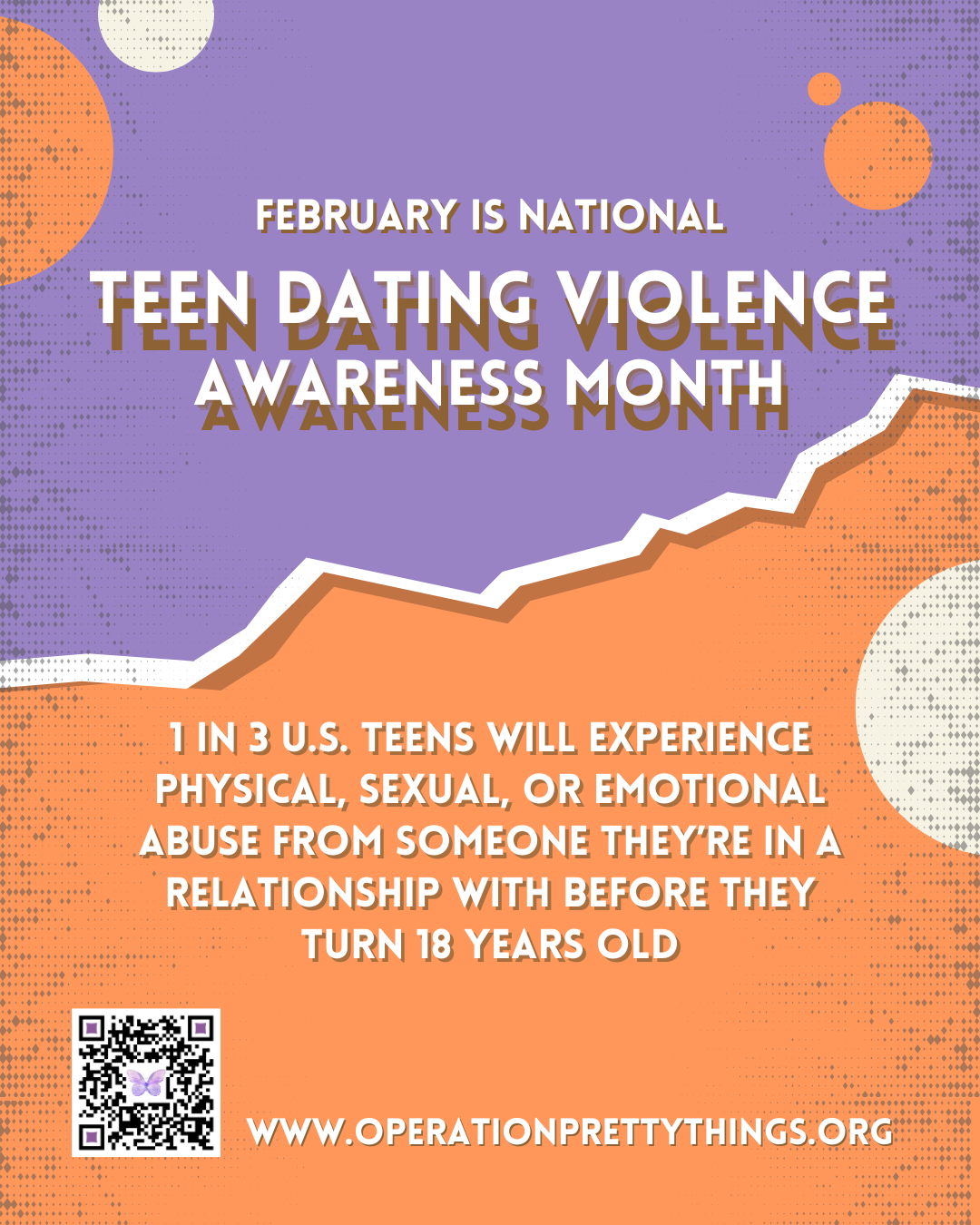This is devastating! And it is happening right where you are…in your town, your city, or maybe even in your own home. Please be aware…the lives of our kids everywhere depend on us!
BONE CHILLING FACTS ABOUT TEEN VIOLENCE:
• Nearly 1.5 million high school students nationwide experience physical abuse from a dating partner in a single year. (1)
One in three girls in the US is a victim of physical, emotional or verbal abuse from a dating partner, a figure that far exceeds rates of other types of youth violence. (2)
One in ten high school students has been purposefully hit, slapped or physically hurt by a boyfriend or girlfriend. (3)
Why Focus on Young People?
• Girls and young women between the ages of 16 and 24 experience the highest rate of intimate partner violence, almost triple the national average. (4)
Among female victims of intimate partner violence, 94% of those age 16-19 and 70% of those age 20-24 were victimized by a current or former boyfriend or girlfriend. (5)
Violent behavior often begins between the ages of 12 and 18. (6)
The severity of intimate partner violence is often greater in cases where the pattern of abuse was established in adolescence. (7)
Don’t Forget About College Students
• Nearly half (43%) of dating college women report experiencing violent and abusive dating behaviors. (8)
College students are not equipped to deal with dating abuse – 57% say it is difficult to identify and 58% say they don’t know how to help someone who’s experiencing it. (9)
One in three (36%) dating college students has given a dating partner their computer, email or social network passwords and these students are more likely to experience digital dating abuse. (1)0
One in six (16%) college women has been sexually abused in a dating relationship. (11)
Long-lasting Effects
• Violent relationships in adolescence can have serious ramifications by putting the victims at higher risk for substance abuse, eating disorders, risky sexual behavior and further domestic violence. (12)
Being physically or sexually abused makes teen girls six times more likely to become pregnant and twice as likely to get a STD. (13)
Half of youth who have been victims of both dating violence and rape attempt suicide, compared to 12.5% of non-abused girls and 5.4% of non-abused boys. (14)
Lack of Awareness
Only 33% of teens who were in an abusive relationship ever told anyone about the abuse. (15)
Eighty-one (81) percent of parents believe teen dating violence is not an issue or admit they don’t know if it’s an issue. (16)
Though 82% of parents feel confident that they could recognize the signs if their child was experiencing dating abuse, a majority of parents (58%) could not correctly identify all the warning signs of abuse. (17)
If you think your child might be in an abusive dating relationship, but are not sure, here are some signs to look for:
She apologizes for his behavior and makes excuses for him.
She loses interest in activities that she used to enjoy.
She stops seeing friends and family members and becomes more and more isolated.
When your daughter and her boyfriend are together, he calls her names and puts her down in front of other people.
He acts extremely jealous of others who pay attention to her, especially other guys.
He thinks or tells your daughter that you (her parents) don’t like him.
He controls her behavior, checking up on her constantly, calling and texting her, demanding to know who she has been with.
She casually mentions his violent behavior, but laughs it off as a joke.
You see him violently lose his temper, striking or breaking objects.
She often has unexplained injuries, or the explanations she offers don’t make sense.
Click here for A Parent’s Guide to Teen Dating Violence: 10 Questions to Start the Conversation from www.breakthecycle.org
*Footnotes, articles, and references
For more information on teen dating violence, answers to questions, and other helpful resources, please visit TEENDATINGVIOLENCE.ORG

